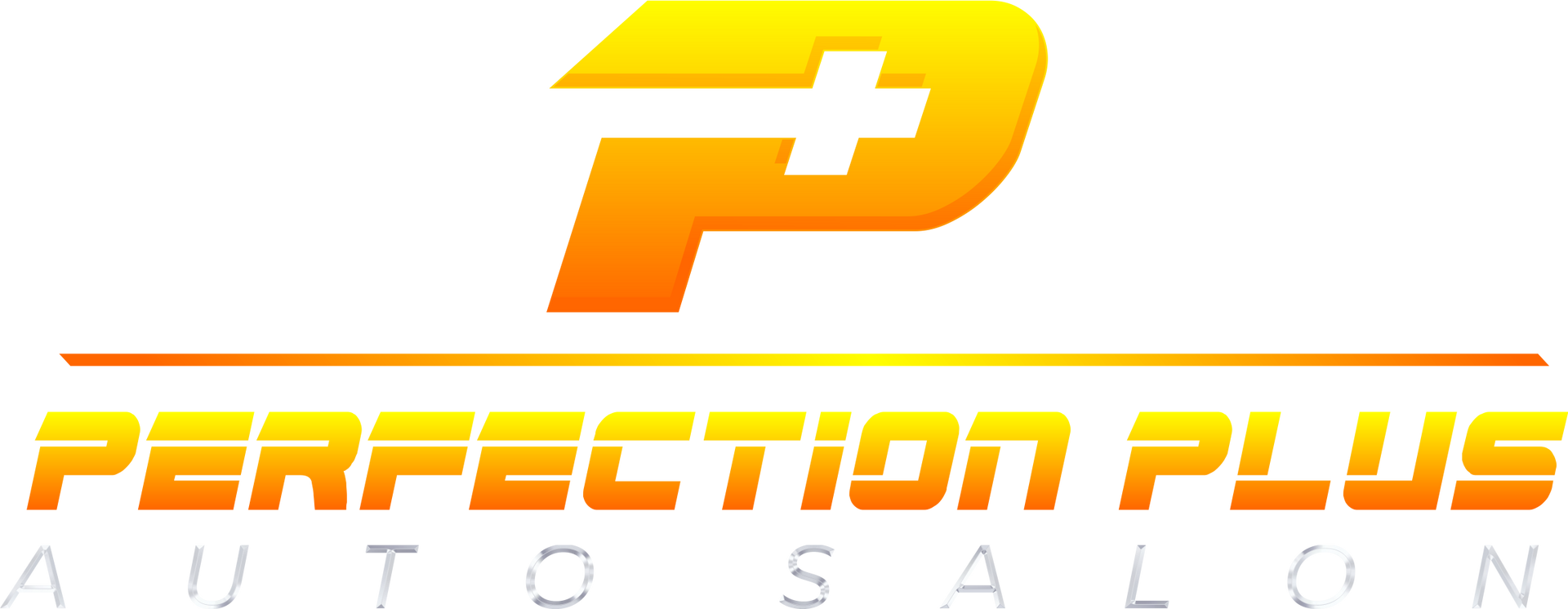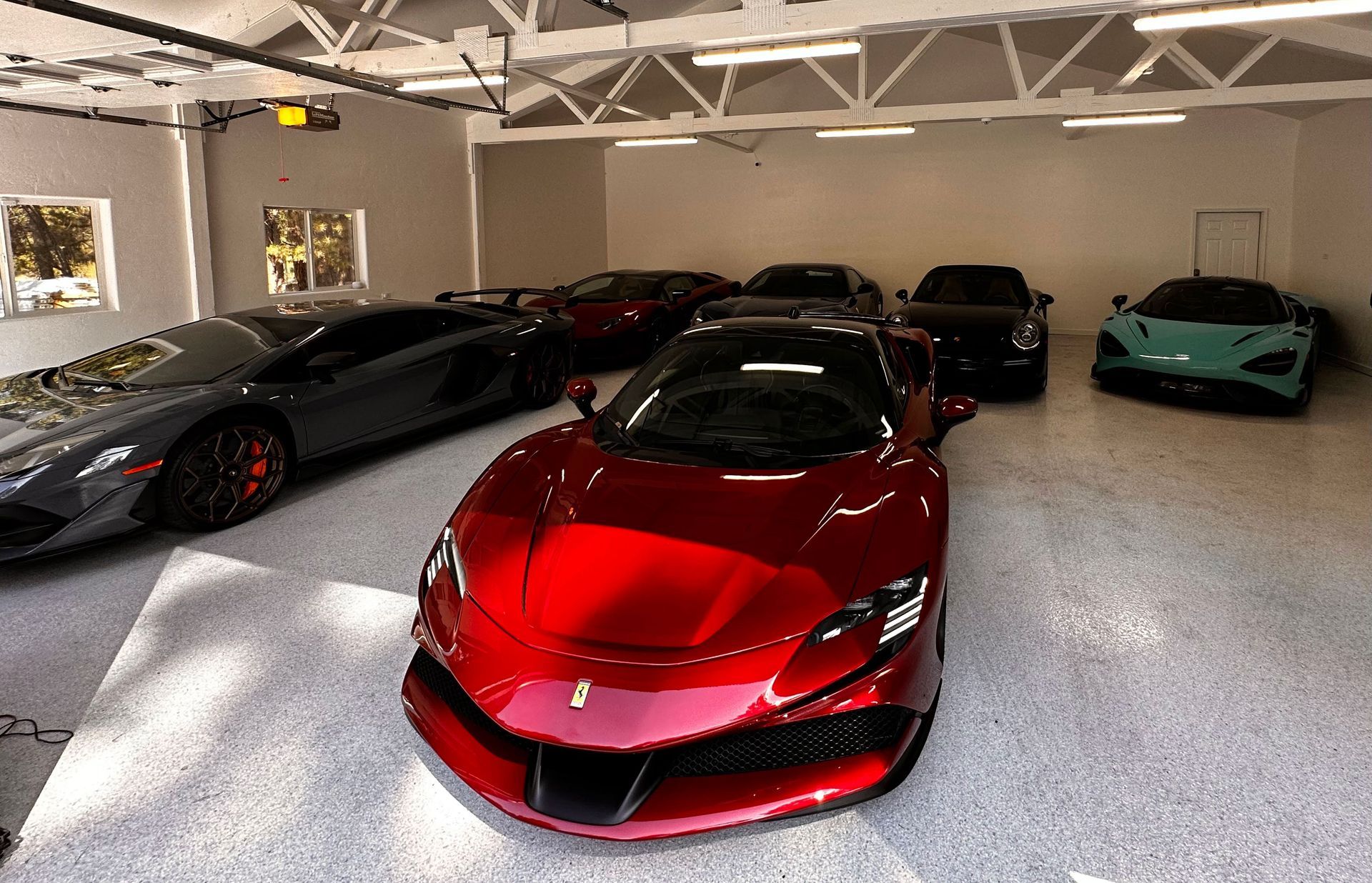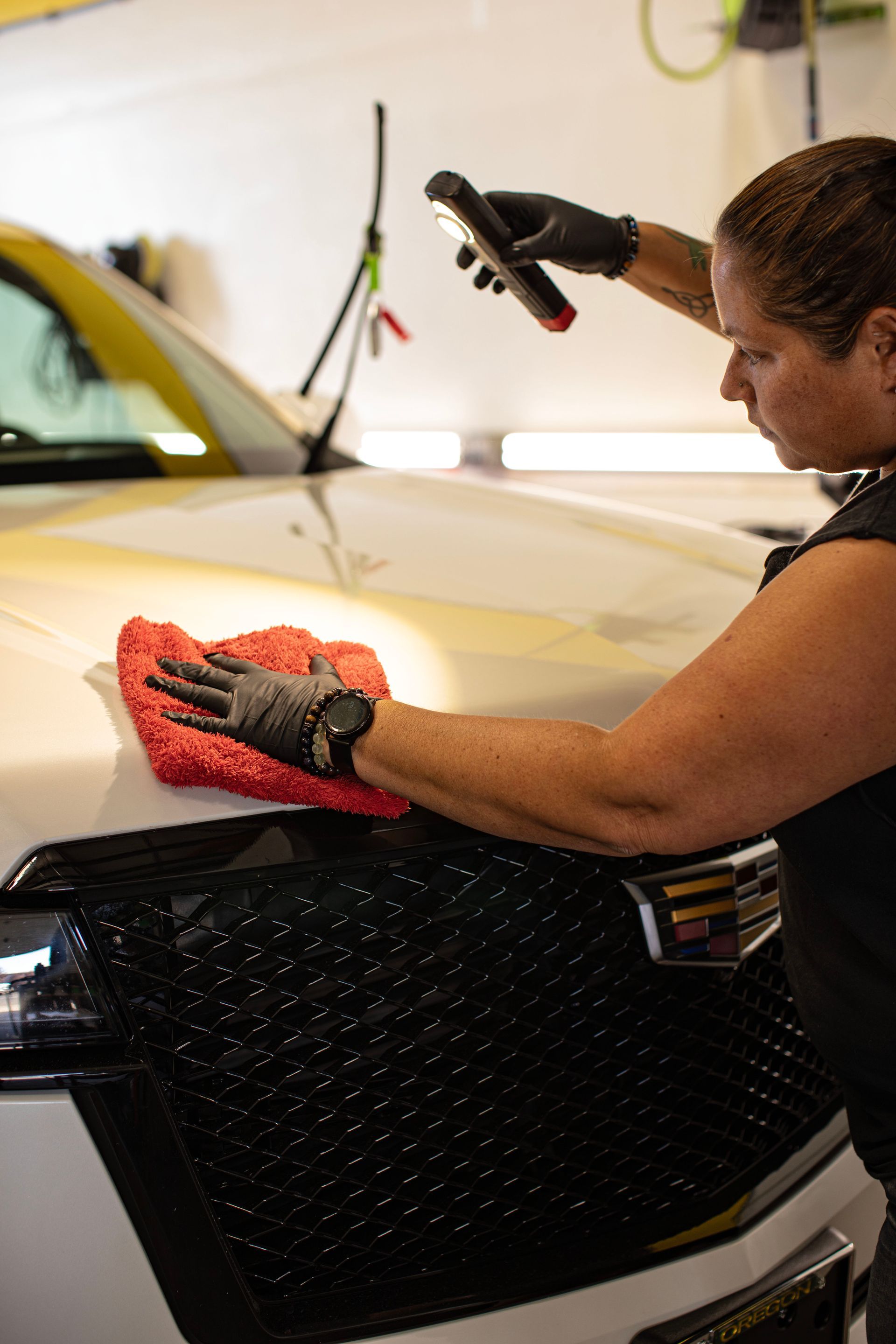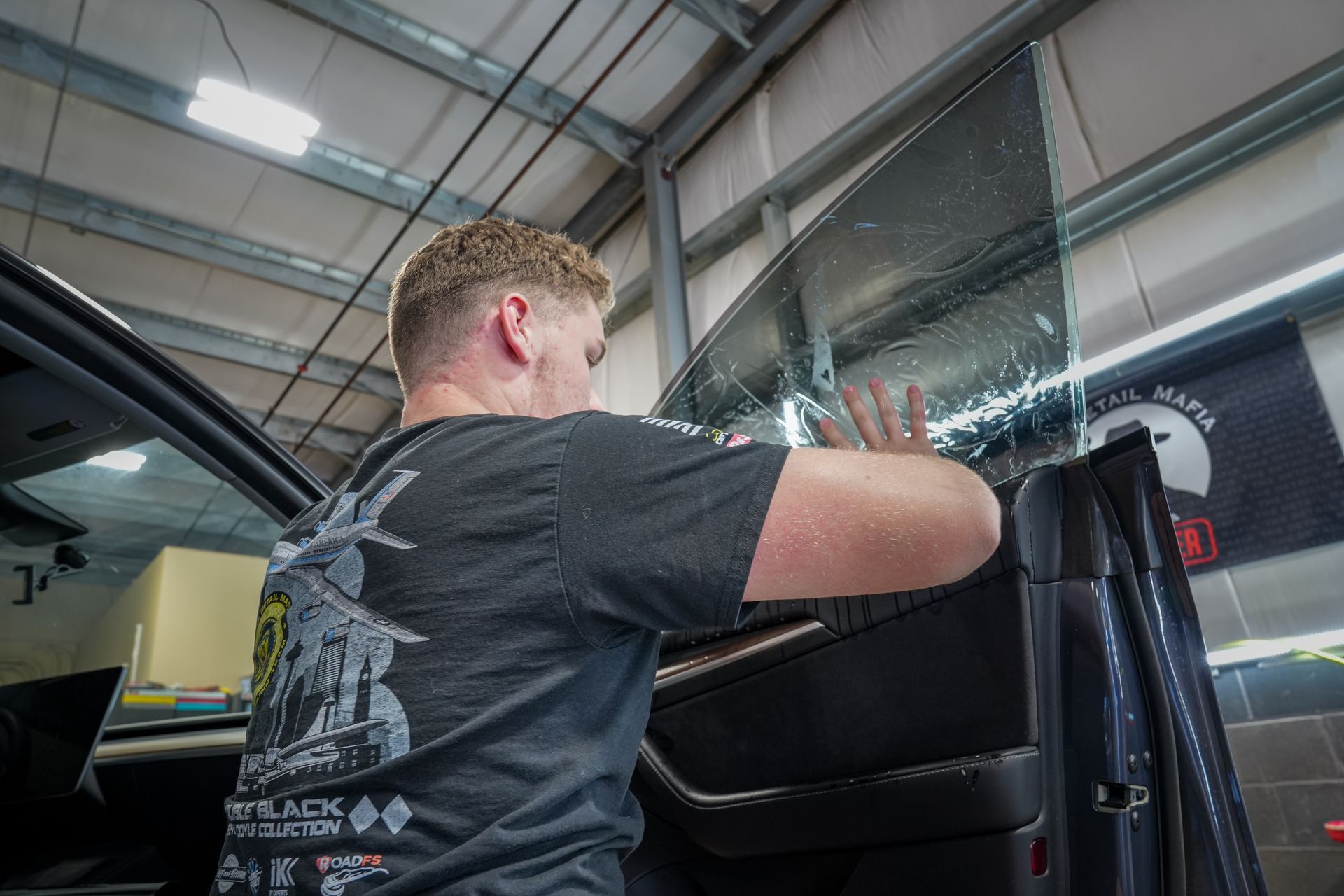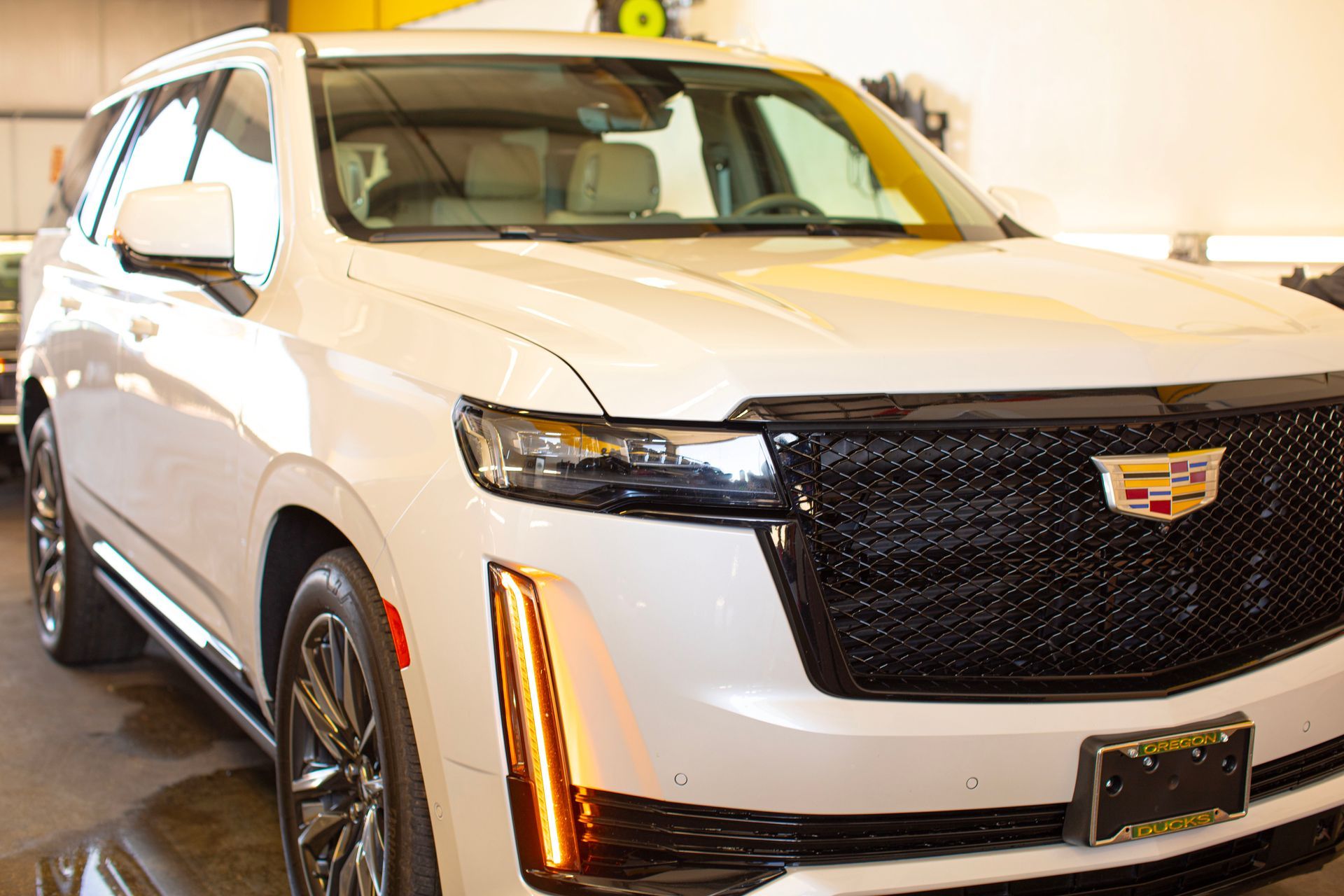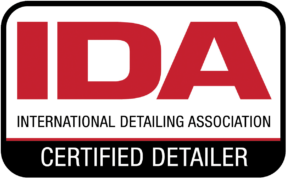Protecting Your Car Against Coastal Corrosion: The Essential Guide to Vehicle Coatings
GET A FREE ESTIMATELiving near the coast offers stunning views and fresh ocean air, but it also presents unique challenges for vehicle owners. The combination of salt-laden air, constant moisture, and intense sunlight creates a perfect storm for automotive corrosion and paint degradation. Understanding how protective coatings can safeguard your investment is essential for maintaining your vehicle's appearance and value in these demanding environments. Coastal conditions accelerate the natural aging process of vehicles, making protective measures not just beneficial but necessary. The right coating system creates a robust barrier between your car's surface and the corrosive elements that threaten its integrity daily.
Why Coastal Environments Demand Special Protection
Salt air is particularly aggressive toward metal surfaces and automotive finishes. When salt particles settle on your vehicle, they attract and retain moisture, creating an environment where corrosion can rapidly develop. This process affects not only visible surfaces but also hidden areas like the undercarriage, wheel wells, and door frames, where damage often goes unnoticed until significant deterioration has occurred. Traditional vehicle maintenance approaches that work well inland may prove insufficient in coastal settings. The increased humidity, salt exposure, and UV intensity require more robust protection strategies. Without proper safeguards, vehicles in coastal areas can experience accelerated rust formation, paint fading, and overall degradation that significantly impacts both appearance and resale value.
Understanding Protective Coating Technologies
Modern automotive coatings have evolved significantly from simple wax applications. Today's advanced formulations offer sophisticated protection mechanisms designed to address the specific challenges of harsh environments.
- Ceramic Coatings: They represent the pinnacle of chemical protection technology. These liquid polymer formulations chemically bond with your vehicle's paint, creating a durable layer that resists environmental contaminants. The molecular structure of ceramic coatings provides excellent resistance to salt, UV rays, and chemical etching while maintaining optical clarity that preserves your vehicle's appearance.
- Paint Protection Film (PPF): They offer physical barrier protection through a transparent, flexible film applied to vulnerable surfaces. This technology protects against impact damage from road debris while providing excellent resistance to environmental factors. Many modern films feature self-healing properties that allow minor surface damage to disappear when exposed to heat.
- Traditional Protective Waxes: They continue to play a role in vehicle protection, particularly as an accessible entry point for coating protection. While less durable than ceramic or film solutions, quality waxes provide immediate gloss enhancement and temporary environmental protection.
How Protective Coatings Combat Coastal Elements
The effectiveness of protective coatings in coastal environments stems from several key mechanisms working together to preserve your vehicle's condition. Barrier Formation is the primary function of any protective coating. By creating a sealed layer over your vehicle's surface, coatings prevent salt, moisture, and contaminants from reaching the underlying paint and metal. This barrier function is crucial in breaking the cycle of corrosion before it can begin.
Hydrophobic properties are particularly valuable in coastal settings. Advanced coatings cause water to bead and roll off surfaces rather than sitting and potentially causing damage. This characteristic helps shed salt water quickly, reducing the time these corrosive substances remain in contact with your vehicle. UV resistance protects against the intense sunlight common in coastal areas. Quality coatings filter harmful ultraviolet radiation that would otherwise cause paint fading, chalking, and degradation of underlying materials. This protection maintains both the aesthetic appeal and structural integrity of treated surfaces. Chemical resistance enables coatings to withstand exposure to salt, road chemicals, and other environmental contaminants without breaking down. This stability ensures long-term protection even under challenging conditions.
Selecting the Right Protection for Your Needs
Choosing appropriate protection involves balancing factors like durability, cost, application complexity, and maintenance requirements. Each coating type offers distinct advantages suited to different priorities and circumstances. For maximum long-term protection, ceramic coatings provide exceptional durability and comprehensive environmental resistance. These systems typically offer multi-year protection with proper maintenance, making them cost-effective despite higher initial investment.
Paint protection film excels where physical protection is the primary concern. Vehicles frequently exposed to road debris or requiring showroom-quality appearance benefit most from film applications, particularly on high-impact areas like front bumpers, hoods, and mirror caps. Traditional waxes remain valuable for budget-conscious owners or those preferring hands-on maintenance. While requiring more frequent reapplication, waxes offer immediate results and the satisfaction of personal involvement in vehicle care.
Maintaining Your Protective Investment
Proper maintenance maximizes the effectiveness and longevity of any protective coating system. Consistent care routines prevent the accumulation of contaminants that can compromise protection over time. Regular washing using appropriate techniques and products preserves coating integrity while removing harmful deposits. Use pH-neutral cleaning products specifically formulated for coated vehicles, avoiding harsh detergents that can degrade protective layers. The two-bucket washing method minimizes the risk of contaminating clean rinse water with dirt particles that could damage surfaces.
Gentle drying techniques using soft microfiber towels prevent water spotting and maintain the coating's optical properties. Take care to remove all water completely, paying special attention to areas where water tends to collect. Periodic inspection helps identify areas requiring attention before problems develop. Look for changes in water beading behavior, which can indicate coating wear or contamination. Address any issues promptly to maintain comprehensive protection. Consider professional maintenance services for complex coating systems. Expert inspection and maintenance can extend coating life significantly while ensuring optimal performance.
Environmental Responsibility in Vehicle Care
Modern vehicle protection increasingly emphasizes environmental consciousness alongside performance. Many coating formulations now prioritize biodegradable ingredients and reduced environmental impact without compromising protective capabilities. Water-based coating systems minimize volatile organic compound emissions during application and curing. These formulations provide excellent protection while reducing potential harm to air and water quality.
Proper disposal of coating waste and cleaning materials prevents environmental contamination. Follow local guidelines for disposing of chemical products and consider collection programs for hazardous automotive waste. Choose professional applicators who follow environmental best practices, including proper waste management and responsible chemical handling procedures.
Long-term Benefits and Considerations
Investing in quality protective coatings yields benefits extending far beyond immediate appearance enhancement. Preserved paint condition maintains vehicle value, while reduced corrosion prevents costly structural repairs. The time saved on maintenance and cleaning adds convenience to the protection equation. Consider coating protection as a comprehensive vehicle preservation strategy rather than a simple cosmetic enhancement. The cumulative benefits of reduced maintenance, preserved appearance, and extended vehicle life justify the initial investment many times over. Plan coating maintenance into your regular vehicle care routine, treating it as essential as oil changes or tire rotations. Consistent attention ensures maximum return on your protective coating investment.
Coastal vehicle ownership presents unique challenges that demand proactive protection strategies. Modern coating technologies offer sophisticated solutions capable of preserving your vehicle's condition despite harsh environmental exposure. Whether choosing ceramic protection, paint protection film, or traditional wax systems, the key lies in selecting appropriate technology for your specific needs and maintaining it consistently. The investment in quality protective coatings pays dividends through preserved appearance, maintained value, and reduced long-term maintenance costs. By understanding the threats posed by coastal environments and the solutions available to address them, you can enjoy both your vehicle and your coastal lifestyle with confidence that your investment remains protected.
Remember that protection is most effective when applied proactively. Don't wait for damage to appear before implementing a coating strategy. The best time to protect your vehicle is before exposure begins, ensuring maximum benefit from your chosen protection system.
Top-Notch Ceramic Coating Service in Redmond, OR
At Perfection Plus Auto Salon, we specialize in
premium ceramic coating services
designed to keep your vehicle turning heads on Redmond’s roads. Our expert team applies advanced coatings that shield your paint from harsh elements while delivering a glossy, long-lasting finish. Whether you drive a daily commuter or a luxury showpiece, ceramic coating provides the protection and brilliance your car deserves.
Schedule your appointment today
and give your vehicle the ultimate defense with a shine built to last!
